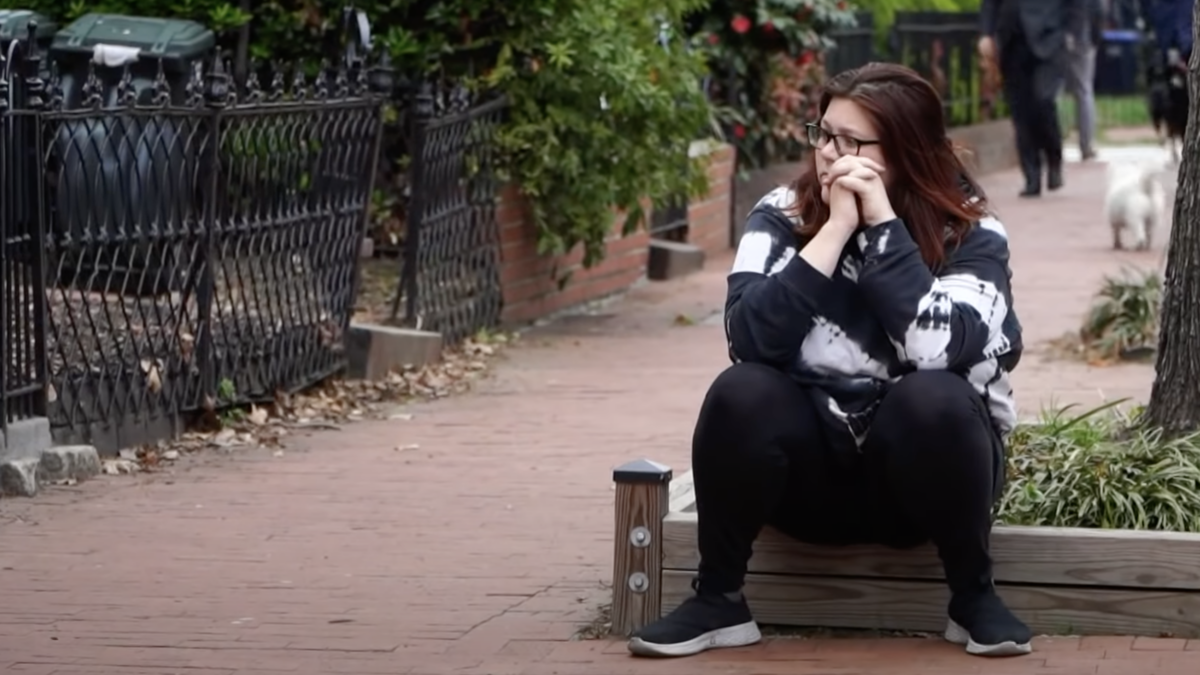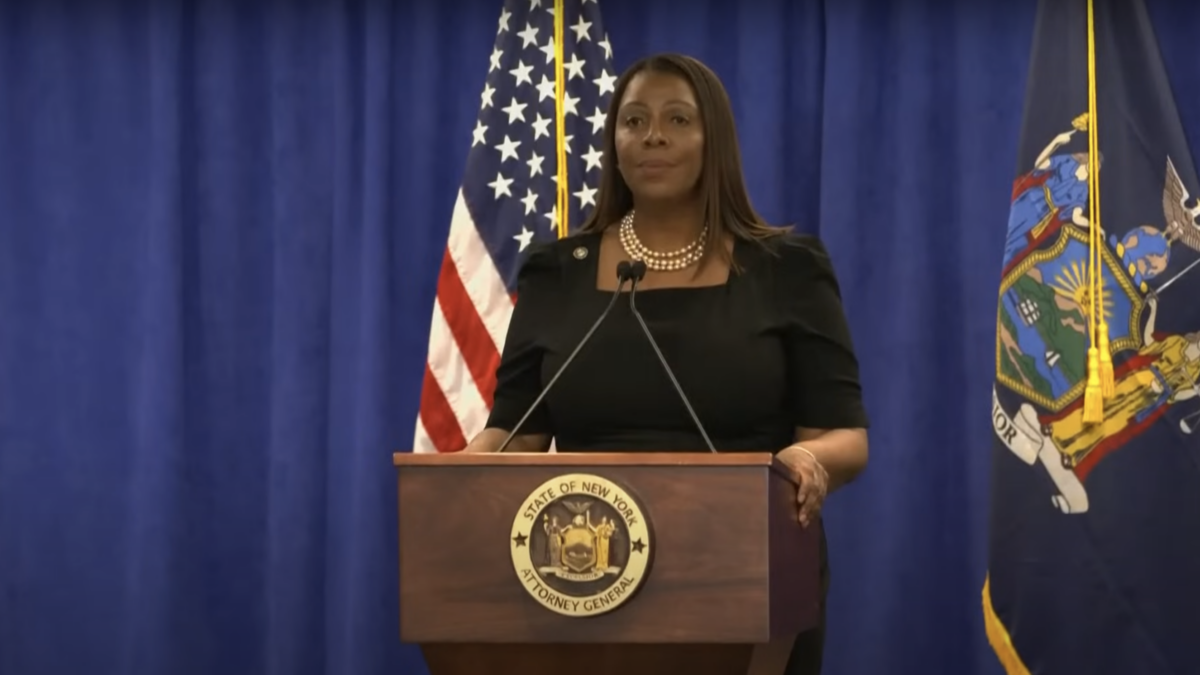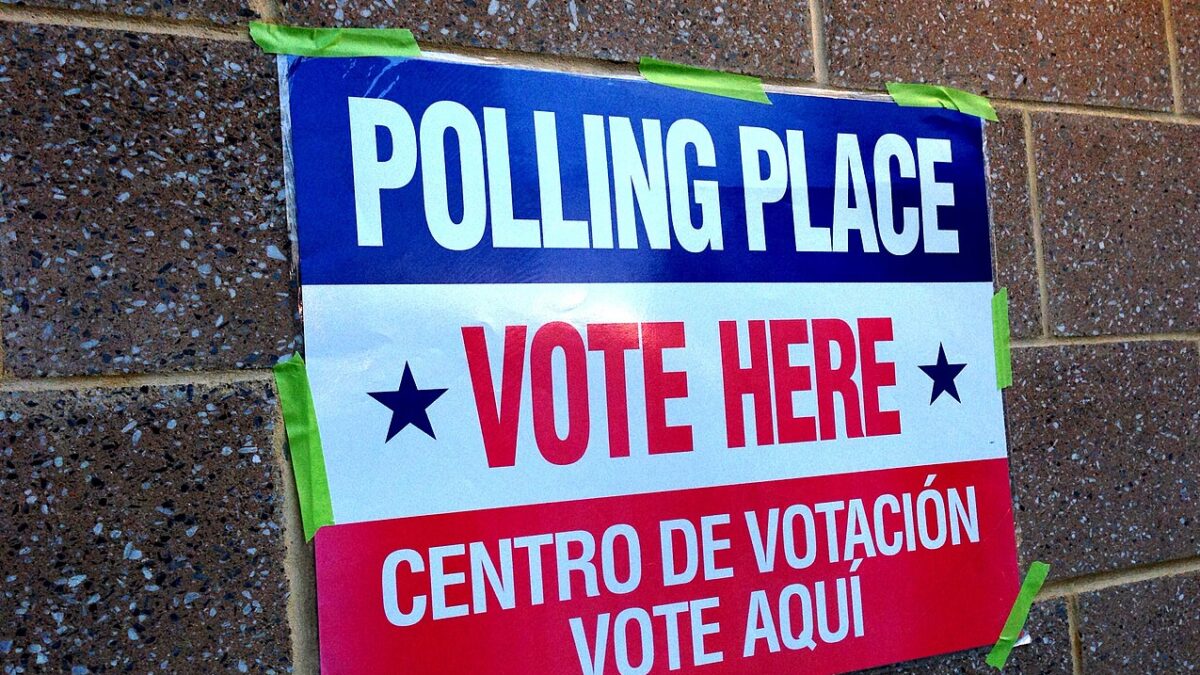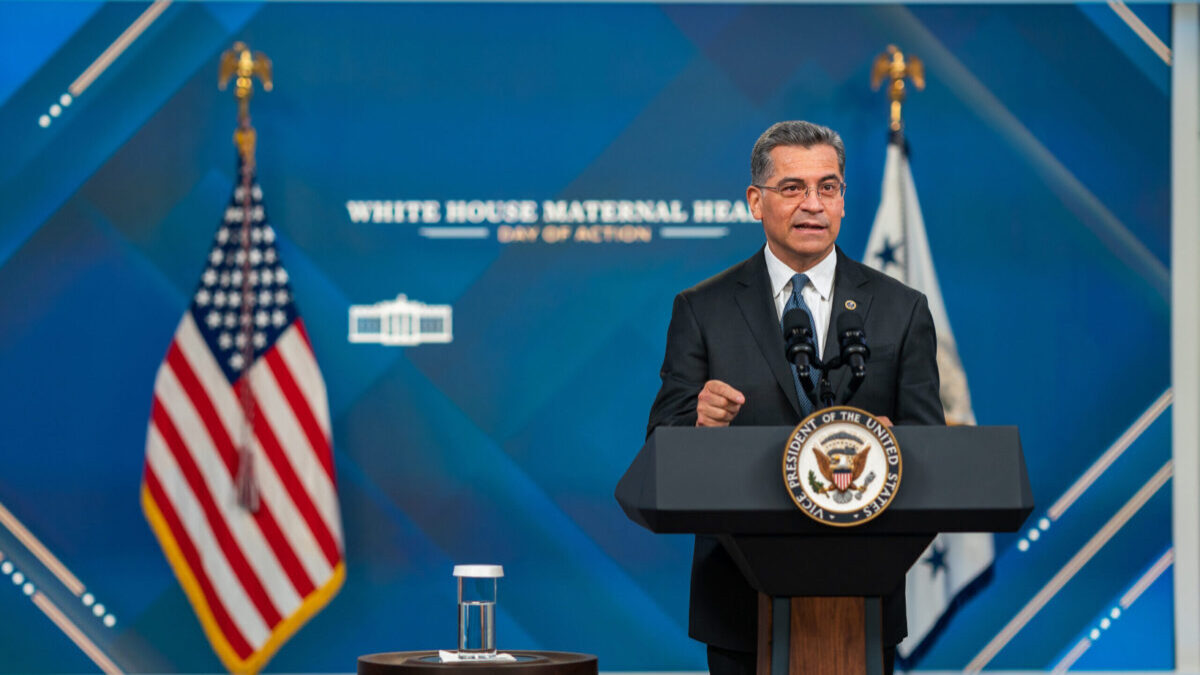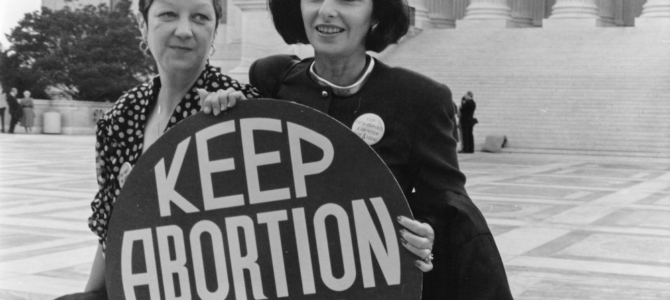
Below the surface of the Supreme Court’s decision earlier this summer in June Medical Services v. Russo — which invalidated Louisiana’s health and safety regulations for abortion facilities — the justices are tensely divided over their 47-year-old self-appointed role as the national abortion control board.
Although some media happily reported a 5-4 loss for Louisiana’s safety regulations that protected women’s health, the real starting point for understanding what happened is the badly fractured 4-1-1-3 decision, with six opinions totaling 133 pages.
Justice Stephen Breyer wrote an opinion for the four leftists, while Chief Justice John Roberts concurred but did not join Breyer’s opinion. The chief justice technically decided that Louisiana’s law could not stand because he thought it was the same as the Texas law the court struck down in 2016 in Whole Woman’s Health v. Hellerstedt.
Yet Roberts also indicated that in the future, he will be the fifth vote, along with Justices Clarence Thomas, Samuel Alito, Neil Gorsuch, and Brett Kavanaugh, to apply more lenient standards for reviewing state abortion limits that the court adopted in Planned Parenthood v. Casey in 1992. Casey shifted Roe’s trimester framework, establishing instead that states are prohibited from enacting legislation that places an “undue burden” on a woman’s so-called right to abortion.
The four dissenters issued three powerful opinions. First, Alito, Thomas, Gorsuch, and Kavanaugh were united in saying they would overrule Whole Woman’s Health expressly and reinstate the more lenient 1992 Casey decision for purposes of examining the Louisiana statute. But they couldn’t get Roberts to do that.
Second, Thomas wrote, for himself alone, that Roe v. Wade should be overturned entirely, returning the abortion issue entirely to the states.
Then Alito wrote a 34-page dissent, joined in the essential parts by Thomas, Gorsuch, and Kavanaugh, that would have upheld Louisiana’s law. He concluded, “[T]here is ample evidence in the record showing that [hospital] admitting privileges help to protect the health of women by ensuring that physicians who perform abortions meet a higher standard of competence than is shown by the mere possession of a license to practice.”
Gorsuch wrote a dissent that gave numerous reasons the court’s abortion doctrine is unworkable, closing with the sentence: “[I]t is a sign we have lost our way.”
The 4-1-1-3 decision reaffirms that Roe is radically unsettled. There are many reasons for that: the widespread use of obstetric ultrasounds that have humanized unborn children for four decades, legislative limits on abortion in more than half the states, a significant drop in the abortion rate, public opinion, as well as other social, political, and legal reasons.
Virtually nothing has settled Roe since 1973. Many Americans will be surprised to know the Supreme Court took a mulligan for its abortion doctrine in 1992. The justices threw out the original rationale for the abortion right when they ruled in Planned Parenthood v. Casey, a decision that was badly divided by at least five different opinions among the justices. Two justices said in 1992 they would keep Roe as originally decided, three justices threw out two past abortion decisions and radically overhauled Roe, and four justices said they would have overturned Roe altogether.
June Medical shows that 47 years after Roe, the court still can’t agree on the standards for state abortion limits. Five justices at the very least aren’t committed to abortion on demand, a hopeless mess that wasn’t solved by Casey nor Whole Woman’s Health.
In the nearly 30 years since Casey, no majority of the court has ever given Americans an alternative constitutional reason for imposing Roe on the nation. A majority of the justices have simply imposed the result without announcing a principle that roots Roe in the Constitution or in American history and tradition.
Further, no majority has explained why the court continues to dictate one nationwide rule of abortion for any reason, at any time of pregnancy, from coast to coast. Roe, and every Supreme Court abortion decision since then, has always lacked a constitutional justification.
Numerous justices throughout history have said they would never accept certain court decisions they believed to be wrong, even if a majority of the court repeatedly reaffirmed them. Justices William J. Brennan and Thurgood Marshall said that about capital punishment, and Justice Elena Kagan has said that about partisan electoral gerrymandering. These justices didn’t accept those decisions to be settled.
Roe v. Wade, and every decision built on it, is unsettled. Stare decisis, or respect for precedent, doesn’t apply to radically unsettled decisions. That’s why judges and scholars since the Supreme Court was established have emphasized the importance of settled law, settled doctrine, and settled precedent. As any homeowner can tell you, everything built on an unsettled foundation will forever remain unsettled.



